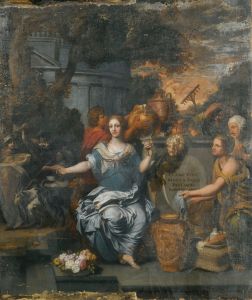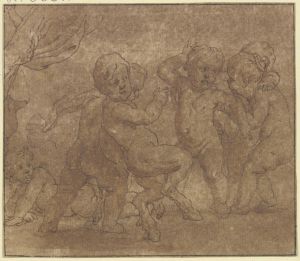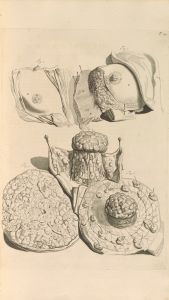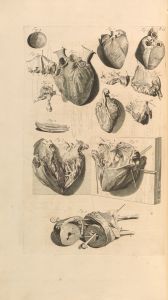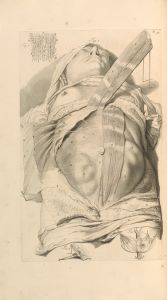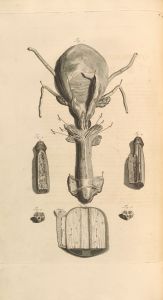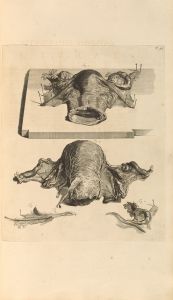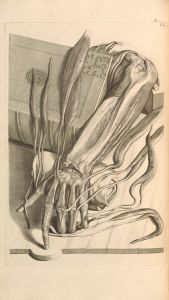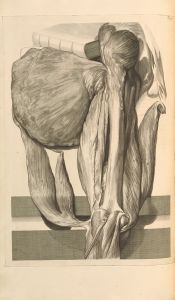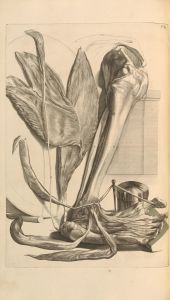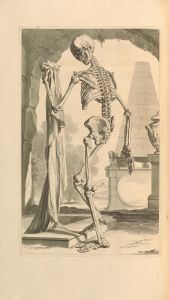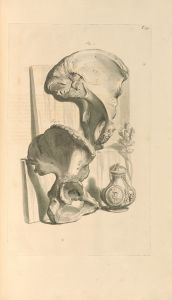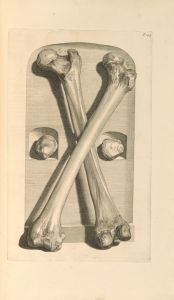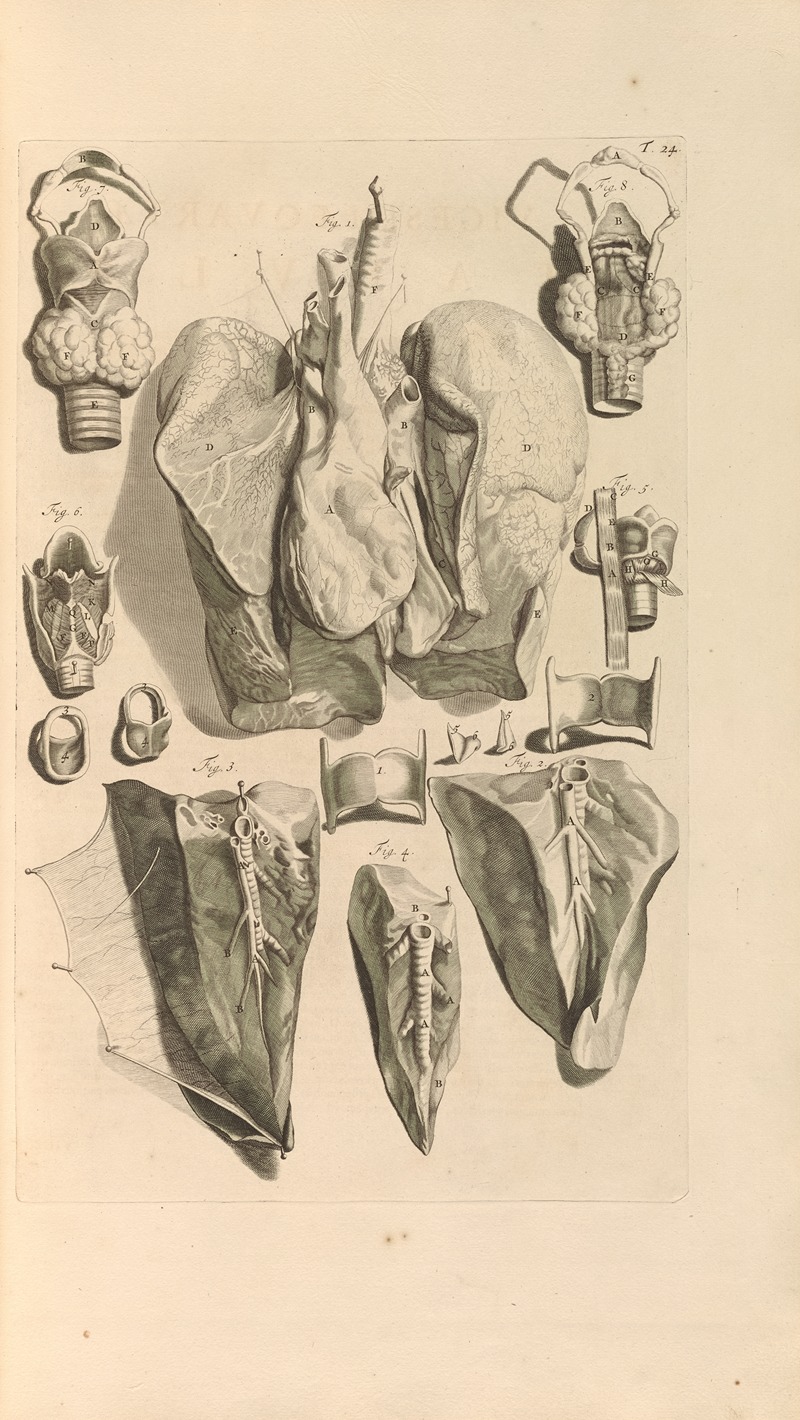
Anatomia humani corporis Pl.025
A hand-painted replica of Gerard de Lairesse’s masterpiece Anatomia humani corporis Pl.025, meticulously crafted by professional artists to capture the true essence of the original. Each piece is created with museum-quality canvas and rare mineral pigments, carefully painted by experienced artists with delicate brushstrokes and rich, layered colors to perfectly recreate the texture of the original artwork. Unlike machine-printed reproductions, this hand-painted version brings the painting to life, infused with the artist’s emotions and skill in every stroke. Whether for personal collection or home decoration, it instantly elevates the artistic atmosphere of any space.
Anatomia humani corporis Pl.025 is an engraving by Gerard de Lairesse, a prominent Dutch Golden Age painter and engraver. Born in Liège in 1640, de Lairesse was a versatile artist known for his classical and baroque style, which was heavily influenced by the works of Nicolas Poussin and Charles Le Brun. Despite suffering from congenital syphilis, which eventually led to blindness, de Lairesse made significant contributions to the art world, particularly in the realm of anatomical illustration.
The engraving in question, Anatomia humani corporis Pl.025, is part of a larger series of anatomical plates created for the book "Anatomia Humani Corporis" by Govard Bidloo, a Dutch anatomist and physician. Published in 1685, this work is considered one of the most detailed and artistically significant anatomical atlases of its time. Bidloo's text was complemented by 105 copperplate engravings by de Lairesse, which vividly depicted the human body's intricate structures with remarkable precision and artistic flair.
Anatomia humani corporis Pl.025 specifically illustrates a detailed dissection of the human body, showcasing the musculature and internal organs with meticulous accuracy. De Lairesse's work in this engraving demonstrates his exceptional ability to blend scientific observation with artistic expression. The engraving is characterized by its clear lines, careful shading, and attention to anatomical detail, making it not only a valuable scientific document but also a work of art in its own right.
The collaboration between Bidloo and de Lairesse was significant in the history of anatomical illustration. Bidloo's text provided the scientific foundation, while de Lairesse's engravings brought the descriptions to life, making the information accessible and engaging to both medical professionals and the general public. This partnership exemplified the intersection of art and science during the Enlightenment, a period when the pursuit of knowledge and the appreciation of beauty were often intertwined.
De Lairesse's contribution to "Anatomia Humani Corporis" extended beyond mere illustration; his engravings helped to elevate the status of anatomical studies by demonstrating that the human body could be both a subject of scientific inquiry and a source of artistic inspiration. The detailed and accurate depictions in Anatomia humani corporis Pl.025 and the other plates in the series set a new standard for anatomical illustration, influencing subsequent generations of artists and anatomists.
Despite his eventual blindness, de Lairesse continued to influence the art world through his writings and teachings. His book "Groot Schilderboek" (The Great Book of Painting), published in 1707, became a seminal work on art theory and practice, further cementing his legacy as a key figure in the Dutch Golden Age.
In summary, Anatomia humani corporis Pl.025 by Gerard de Lairesse is a remarkable example of the fusion of art and science. As part of Govard Bidloo's "Anatomia Humani Corporis," this engraving not only provided valuable anatomical insights but also showcased de Lairesse's exceptional skill as an artist. The work remains a testament to the enduring impact of their collaboration on the fields of anatomy and art.





